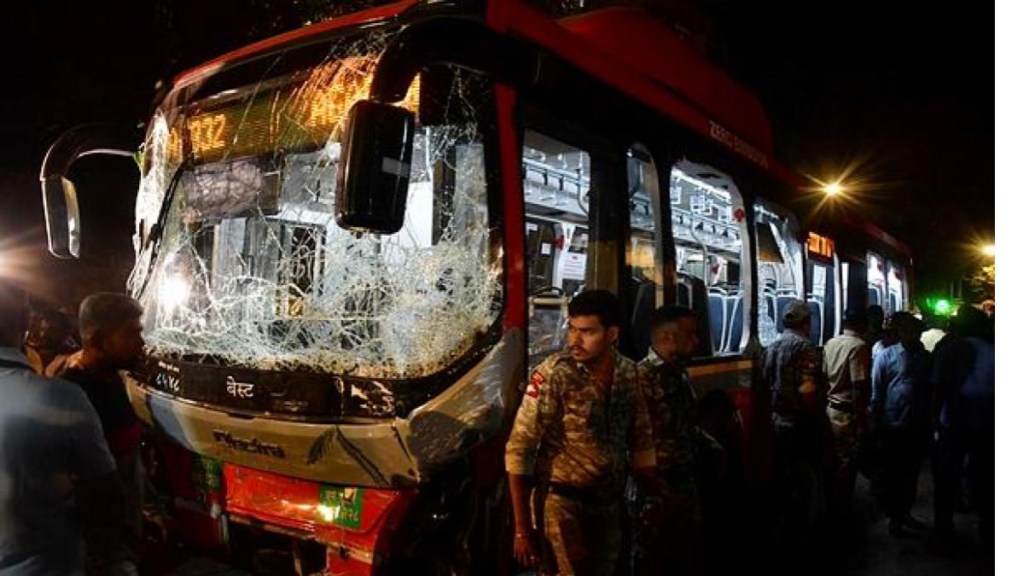Days after fatal bus accident in Kurla, which killed seven people and injured 42 others, Mumbai RTO officials have said they suspect “human error” and “lack of proper training” led to the accident.
The incident took place on Monday evening when the e-bus, operated by the civic-run Brihanmumbai Electric Supply and Transport (BEST), lost control and rammed into vehicles and pedestrians on S.G. Barve Marg in Kurla (West). Shortly after the incident, an investigation team from the Wadala Regional Transport Office (RTO) found that the brakes of the Olectra-made electric bus were functioning properly, as PTI reported.
The accused driver of the bus, Sanjay More, aged 54, was later arrested.
Also Read:Mumbai BEST bus accident: 7 dead, several injured after electric bus rams into pedestrians, vehicles
Initial suspicions pointed to brake failure as the cause of the recent BEST electric bus accident. However, the Wadala RTO’s inspection, led by motor vehicle inspector Bharat Jadhav, found the brakes functioning properly during a detailed examination at the Kurla depot on Tuesday.
An unnamed official revealed that while the brakes and other systems, including headlights, were operational, the probe is ongoing, with further details sought from bus manufacturer Olectra and BEST.
The official suggested human error as a likely factor, attributing it to the driver’s inexperience with the automatic transmission system of the 12-meter-long electric bus. Unlike conventional buses with clutch and gear mechanisms, automatic buses require a different skill set. “If a driver doesn’t have experience driving an automatic transmission bus, he doesn’t get proper judgment of acceleration and braking initially. Hence, it seems human error may have caused the accident,” he said.
The bus, just three months old and registered under EVEY TRANS on August 20, was operated by a Pune-based third-party agency. BEST records indicate that the driver, Sanjay More, began his shift at 2.45 pm on Monday, with the accident occurring at 9.35 pm on S.G. Barve Road. The crash involved the bus covering 400 to 450 meters after hitting its first vehicle, eventually ramming into a housing society wall.
Footage from the bus’s CCTV cameras showed the chaos unfolded within 52 to 55 seconds. Officials believe the driver may have panicked after the initial collision, possibly accelerating and losing control.
Contradictory statements have emerged regarding the driver’s training. BEST General Manager Anil Diggikar claimed More received three days of induction training, while his son, Deep More, insisted it was 9 to 10 days. BEST records show More had prior experience driving smaller mini-buses but lacked familiarity with the larger 12-meter electric vehicles.
A retired RTO official explained that automatic transmission electric buses and manual fossil fuel buses operate differently, requiring drivers to adjust. “It is a human error probably caused by lack of knowledge,” he said, noting that automatic buses lack air-assisted braking systems.
Maharashtra Transport Commissioner Vivek Bhimanwar confirmed that the RTO followed Standard Operating Procedures (SOP) for the inspection but is awaiting a report from Olectra’s engineers. The findings will be submitted to the Mumbai police once the investigation concludes.

